Muifa, the 12th typhoon of the year, moved into the southern part of the East Sea in the early hours of July 13 and strengthened into a strong typhoon. It made landfall on the coast of Zhejiang Province between the afternoon and night of the 14th. After landfall, it continued to move northwest and passed through Jiangsu Province.
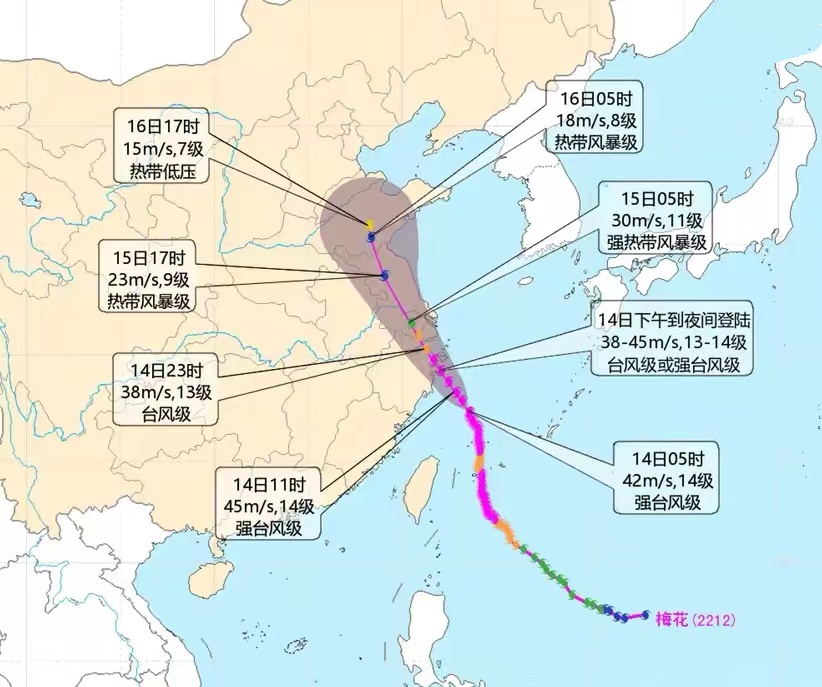
It is understood that the average number of typhoons generated in the world every year is about 80. The Northern Hemisphere accounts for 73 percent of the global total. In the Northern Hemisphere, typhoons occur mainly in summer and autumn, especially in late summer and early autumn from August to September.
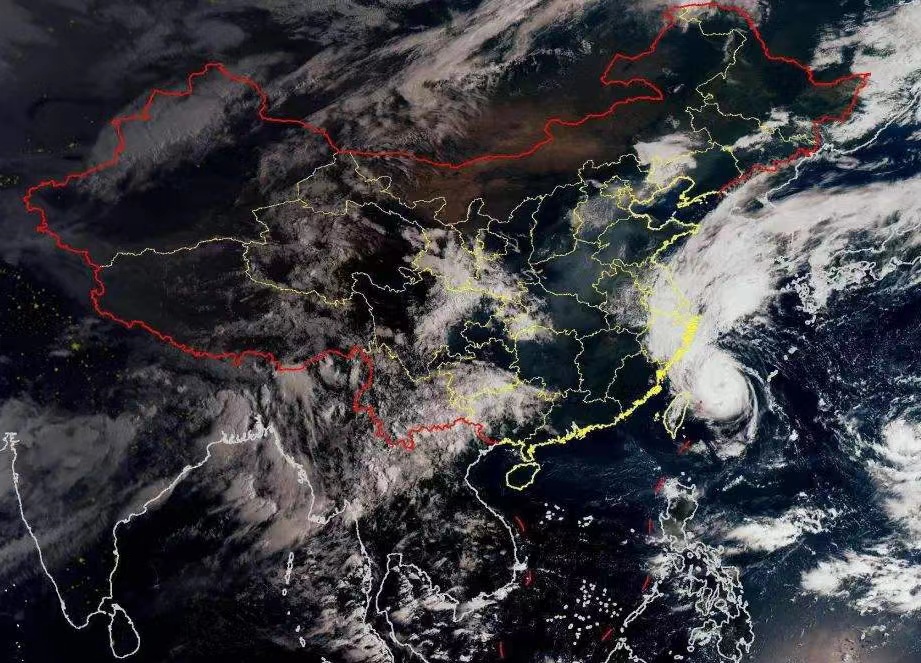
The influence of typhoon on shipping
The Local Annals of Suzhou recorded: "In the first year of Taiping of The Three Kingdoms (Wu) (256), in August Shuo, strong winds pulled out trees, Taihu Lake overflowed, and the flat water was 8 feet high. Tang Changqing two years (822) heavy rain, Taihu Lake overflow, flat boat. Tang Changqing four years (824) summer, Taihu overflow." It is reported that the wind speed of the typhoon can reach the highest level of 17, near the center of the maximum sustained wind speed of 160 km/h, and more than 300 km/h. These winds can create waves of more than 14 meters in the sea, and many boats have capsized and sunk.
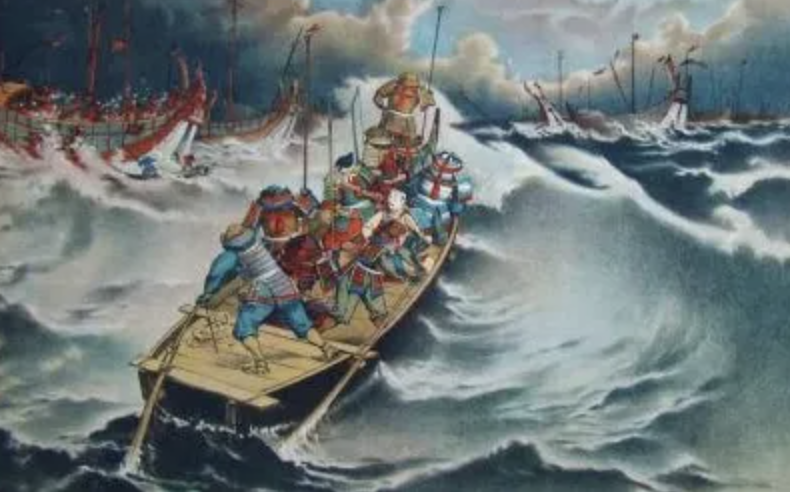
On September 26, 1954, the 15th typhoon "Marie" hit both sides of the Tsugaru Strait of Japan with strong wind and rain. The captain of the ferry "Toya Maru" was confident of his sailing experience. Seeing the weather was a little better, he misjudged the typhoon situation and decided to set sail. It was late afternoon and there were 1,337 crew and passengers. Shortly after leaving the port, the ship "Dong Ye Maru" encountered a powerful typhoon and storm. After struggling to survive in the storm for more than four hours, the ship finally capsized and turned upside down. As the weather was so bad that rescue boats could not reach them despite the SOS message, 1,155 people were killed or missing, making it one of the biggest maritime disasters caused by the typhoon.
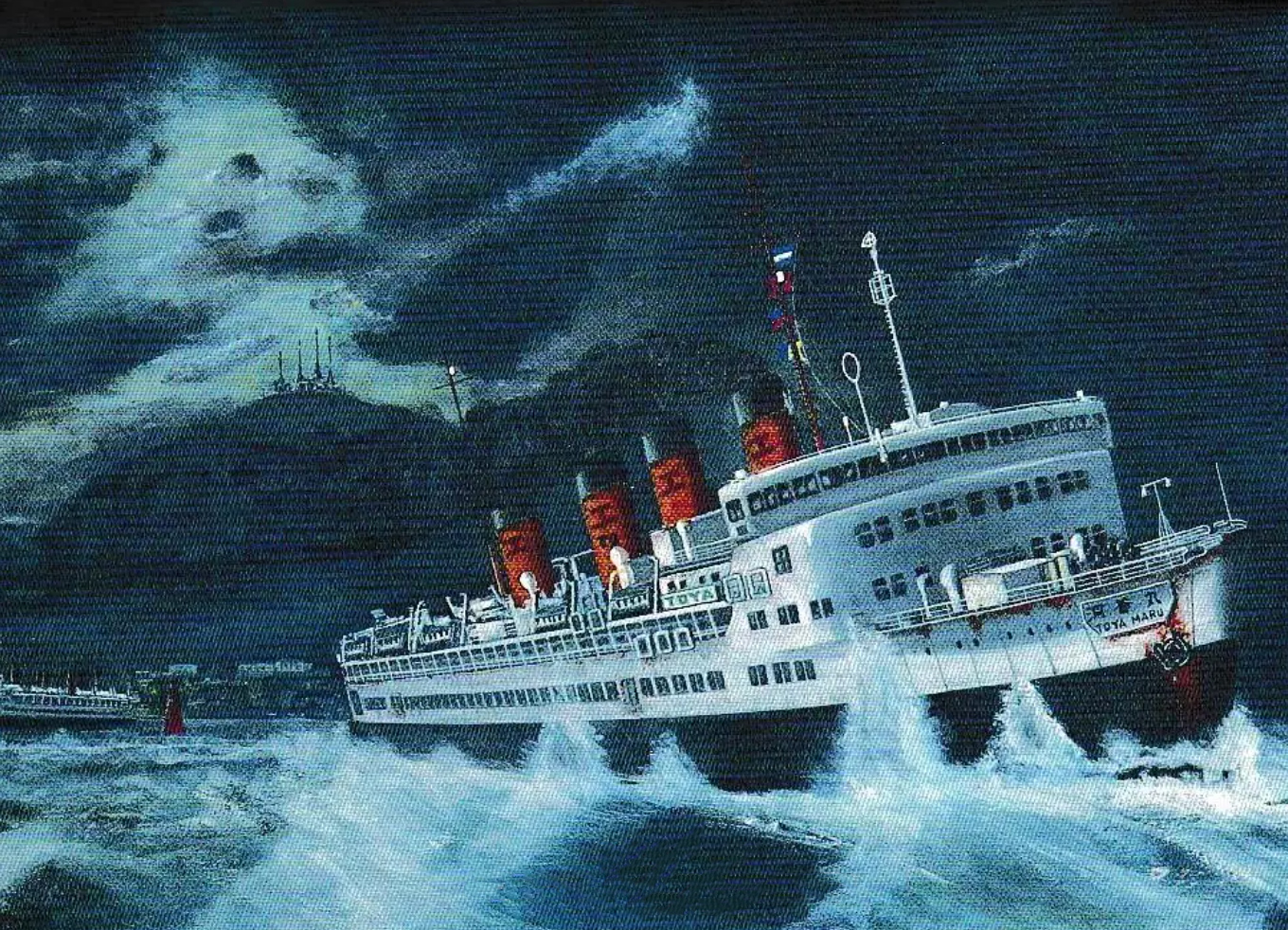
How does a ship avoid a platform
In order to avoid being involved in the typhoon center or the storm area outside the center, ships sailing on the sea generally take the avoidance method.
1. The ship can change course and speed according to the dynamics and intensity of the typhoon without losing time, so that the ship position and the typhoon center to keep a certain distance, outside the range of the wind level of the ship can resist.
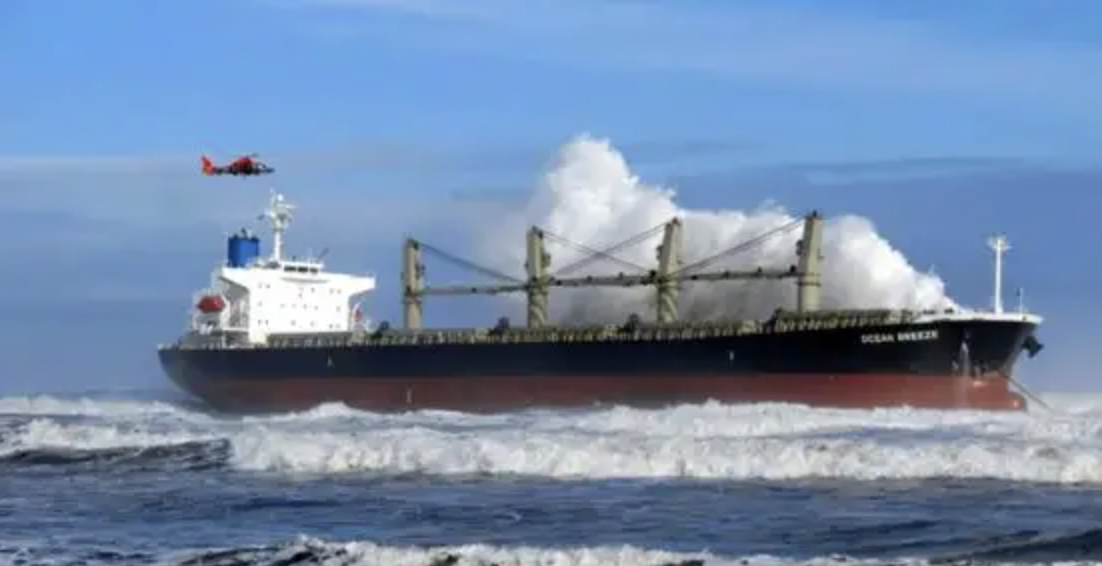
2. The wind direction of the right semicircle of typhoon is close to the same as the typhoon's moving path, and the wind speed of the right semicircle is higher than that of the left semicircle; And the vast majority of typhoons are to the right turn, easy to be in the right semicircle ship involved in the typhoon center. Therefore, the right semicircle of typhoon is called "dangerous semicircle" and the left semicircle is called "navigable semicircle".
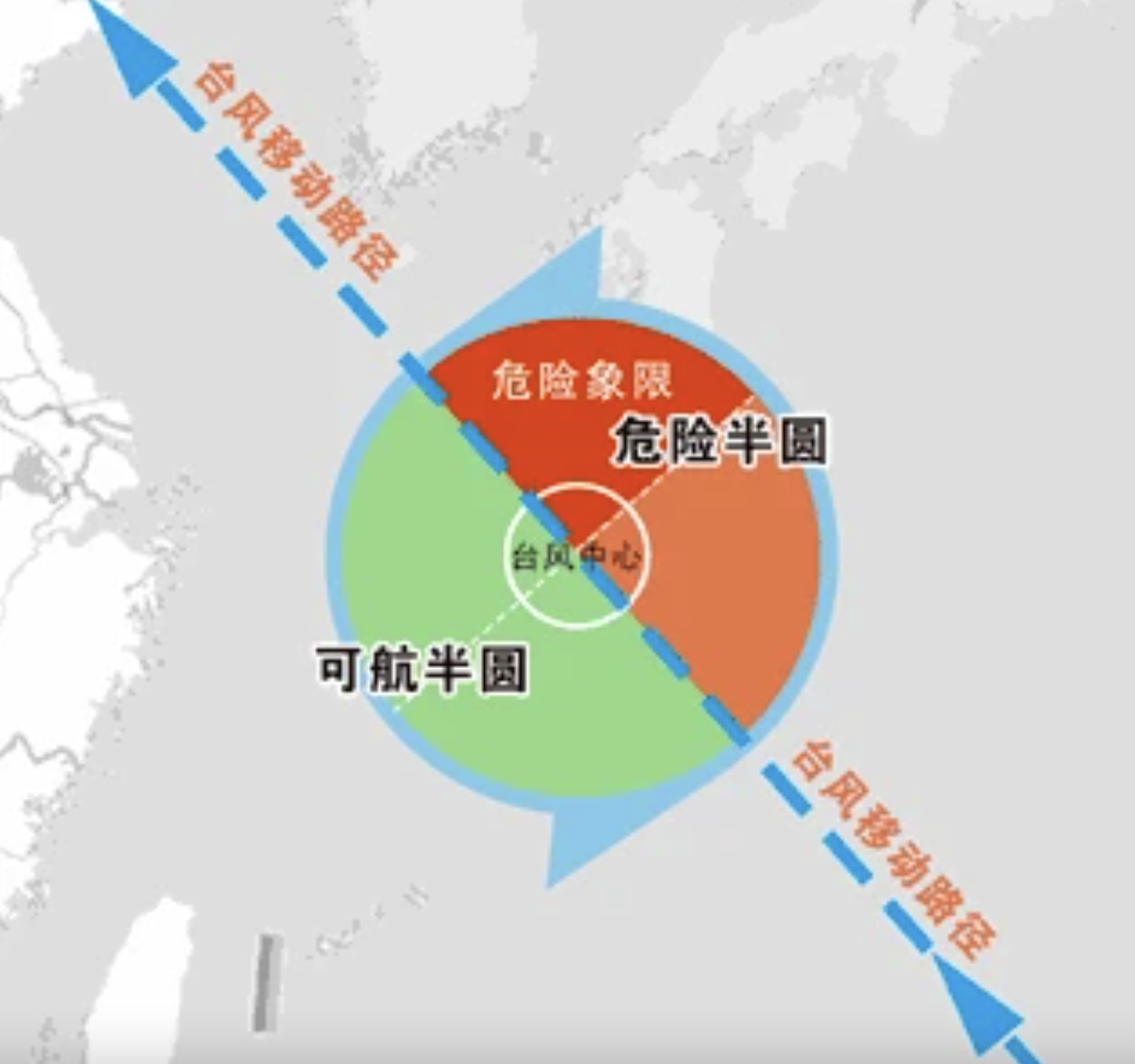
Navigable semicircle display in the northern hemisphere
3. When a ship encounters a typhoon at sea, it shall determine its position according to the typhoon situation and dynamic forecast as well as the changes in wind, direction and pressure observed on the spot, so as to adopt appropriate navigation methods and stay away from the typhoon center as soon as possible.
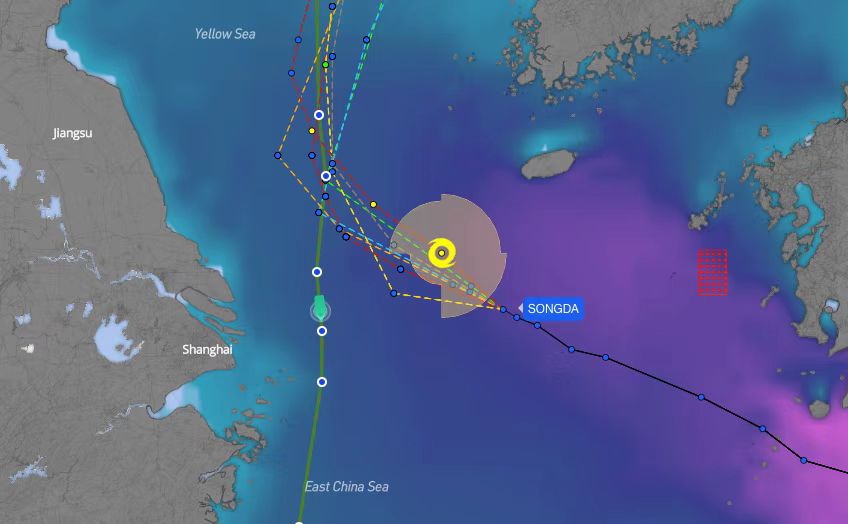
4. Professional weather navigation team, whole-process service
On July 28, a bulk carrier was sailing from Caofeidian to MUARA PANTAI. Due to the impact of typhoon SONGDA, the captain planned to anchor in place for 5 days and wait for the typhoon to pass before sailing. He also sought help from the NIO air transport team of Nine Parties. Based on the ship performance, loading performance, typhoon path and sea state forecast, comprehensive study, judgment and accurate analysis, the final decision was made to advise the captain to sail at full speed, pay attention to the ship's navigation dynamics at any time after the ship departed, and carry out simulation and deduction with the typhoon avoidance program. The captain successfully passed the Yangtze River estuary safely before the typhoon passed, winning nearly a week of precious time for the customer. Greatly reduce the operating cost. Afterwards, the professionalism and timeliness of the Nine Party NIO team was highly praised by the client and the captain.
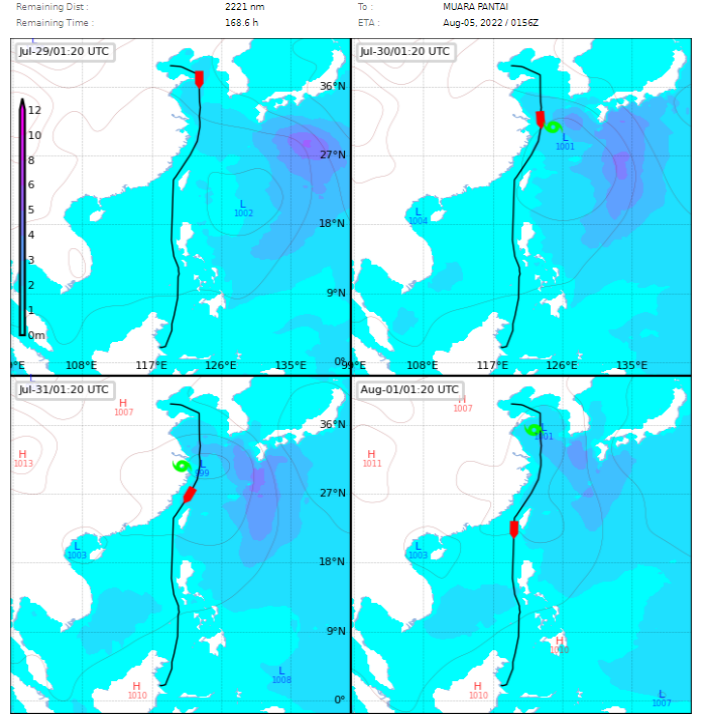
At present, NinecosmosNIO weather navigation team has successfully served more than 2,000 voyages and has developed in-depth cooperation with many shipping companies such as Cosco Shipping, Shandong Shipping, Tongli Shipping and Intercontinental Shipping. Jiufang will continue to strive for excellence and strive to become the world's leading provider of Marine meteorological solutions.
To learn more about Ninecosmos Gas Conductivity (NIO) services and products, contact us at:
E-mail: ops@ninecosmos.com
Tel: 0532-58292788

Fast track
Home About Technique Forecast Products News ContactProducts
Smart Meteorology Ocean Shipping Atmospheric Environemntal Protection Disaster Prevention and Mitigation Big Data Fusion HPC Intelligent Energy Intelligent Agriculture Smart CityElectronic album

Follow us
